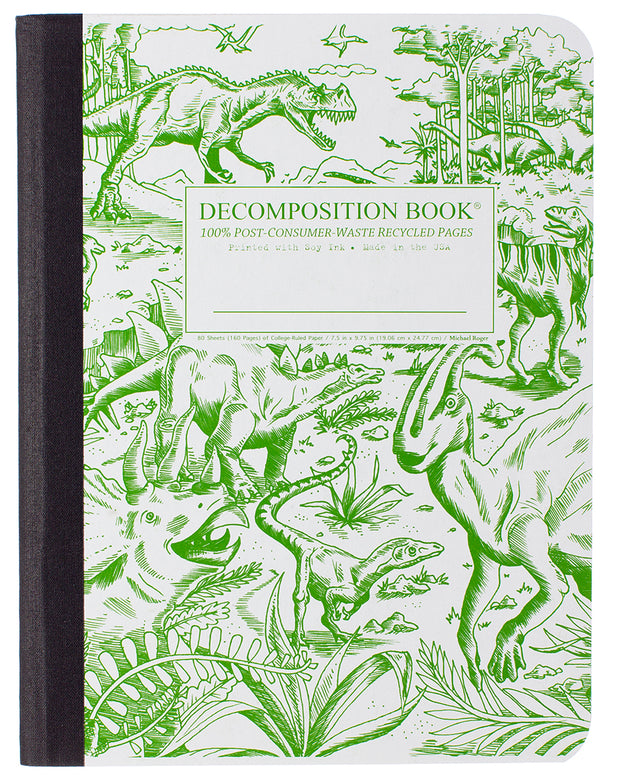
This STEM Water Cycle Challenge has detailed directions, photo examples, a list of materials needed, prediction section, brainstorming section, trials 1, 2, & 3, final results section with drawings, and a reflection section. Earth's Cycles STEM Challenge: Water Cycle This teaching resource is quite the virtual experience! The Earth Cycle's Interactive PowerPoint can be used as a powerful classroom presentation or students can click their way through it on individual computers. Oxygen Cycle(Animal Respiration, Photosynthesis)įun interactive activities and foldables for students to learn facts about each of the earth's cycles! Water Cycle (Evaporation, Condensation, Precipitation, Collection, Runoff), Nitrogen Cycle (Nitrogen-Fixing Bacteria, Nitric Acid, Nitrogen Decomposing, Nitrates to Nitrites)Ĭarbon Cycle (CO2 Cycle, Dead Organisms, Ocean Exchange/Uptake, Fossil Fuels, Animal Respiration, Photosynthesis, Factory Emissions), This resource is designed for an Earth's Cycles unit. This product contains interactive cut and paste learning material for students to create an organized science interactive notebook. Keywords: oxygen, animal respiration, photosynthesis

They also produce oxygen, completing the cycle. Plants use the carbon dioxide for photosynthesis, turning it into sugar and other compounds. Animal breath in oxygen, utilizing oxygen in cellular respiration and breath out carbon dioxide (making C02) Plants create and release oxygen through photosynthesis, putting it in the atmosphere Cycled between and outside organisms and throughout biosphere. Keywords: water cycle, evaporation, condensation, precipitation, collection, runoffĭefinition and overview of oxygen and its importance to life on earth. Cycled amongst three states of matter – The sun’s energy affects the different stages Overview of how water is necessary for all organism survival Keywords: Nitrogen cycle, nitric acid, nitrates, nitrites, nitrogen gas, nitrogen-fixing bacteria Other bacteria convert this into nitrates and nitrites that plants can use and incorporate into their cells/tissues. Lightning and bacteria in the soil are able to accomplish this. This is not useable for organisms however and needs to be fixed into a useable form. Most of the nitrogen on Earth is contained in the atmosphere in the form of N2 gas. Overview of the steps of the nitrogen cycle

Overview of the nitrogen cycle and its importance to organisms being able to carry out life’s processes (i.e. Keywords: carbon cycle, factory emissions, animal respiration (cellular respiration), fossil fuels, photosynthesis,

Diffusion of CO2 into and out of the oceans The burning of fossil fuels by humans contributes vast amounts of CO2 into the atmosphere causing this cycle to be out of balance Decomposition breaks organic material down into inorganic material and releases carbon into the soil which can be turned into fossil fuels over time Overview of each step of the carbon cycle

How it is constantly cycled in plants, through the oceans, in animals, and the atmosphere. Definition of carbon and how it is an organic compound that carries out life processes. Overview of the carbon cycle and its importance. This bundled product contains the following 6 StudentSavvy resources!Įarth's Cycles Interactive Notebook Įarth's Cycles Google Classroom Student ProjectsĪll you'll ever need for a unit on the Earth's Cycles :) *NEW UPDATE! 6/19 Now includes Reading Passages!


 0 kommentar(er)
0 kommentar(er)
